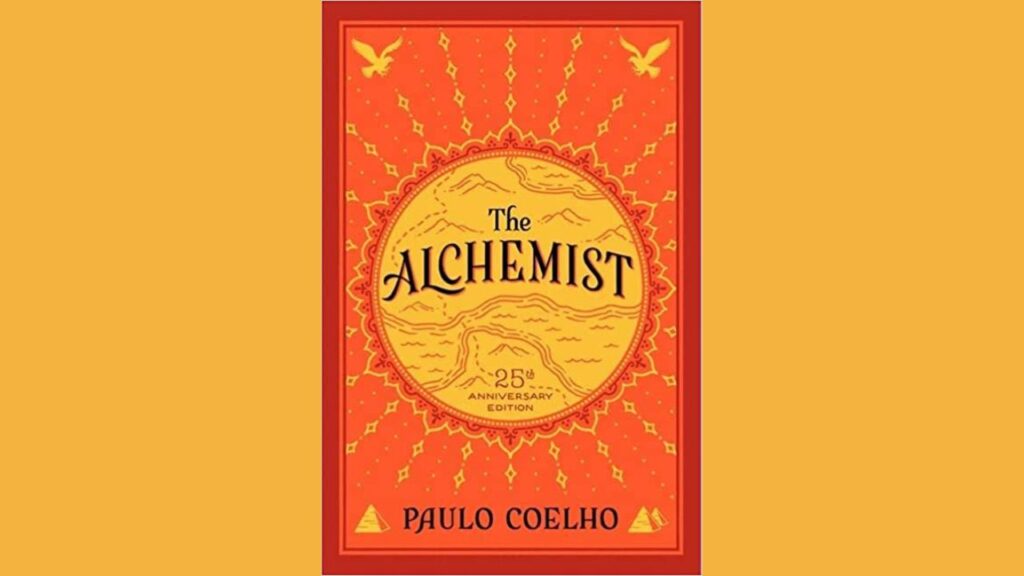
Student Notes – The Name of the Rose by Umberto Eco
Introduction:
The Name of the Rose, written by Umberto Eco and published in 1980, is a historical mystery novel set in an Italian abbey in the 14th century. The book is a complex and intricate exploration of theology, philosophy, and the power dynamics of the medieval church. These student notes provide an analysis of the novel, including an introduction, setting, historical context, characters, plot summary, key themes and symbolism, analysis and discussion points, and a conclusion. Eco’s rich and layered storytelling, combined with his deep knowledge of medieval history and philosophy, have made The Name of the Rose a celebrated work of historical fiction.
Setting:
- The novel is set in the year 1327 in an isolated Benedictine abbey located in northern Italy.
- The abbey, called the Abbey of Sainte-Marie de Melk, is a labyrinthine complex with a vast library and a distinct hierarchical structure.
- The setting reflects the turbulent religious and political climate of the time, as well as the intellectual fervor and conflicts within the medieval church.
Historical Context:
- The novel is set during the late Middle Ages, a period characterized by religious tensions, the rise of scholasticism, and the power struggles between different factions of the Catholic Church.
- The story takes place against the backdrop of the Inquisition and the suppression of heretical ideas.
Characters:
Brother William of Baskerville:
- The protagonist, a Franciscan friar and an intellectually curious detective. He is accompanied by his young apprentice, Adso.
Adso of Melk:
- The narrator of the story, a young novice monk who serves as William’s apprentice and provides insights into the events that unfold.
Jorge of Burgos:
- A blind and fanatical monk who serves as the chief librarian. He represents the traditionalist and conservative faction within the abbey.
Plot Summary:
- Brother William and Adso arrive at the abbey to attend a theological debate but find themselves embroiled in a series of mysterious deaths.
- As they investigate the murders, they uncover a web of secrets, forbidden knowledge, and political intrigue within the abbey.
- The plot is intricately woven with discussions on theology, philosophy, and the power dynamics of the church, culminating in a climactic confrontation.
Key Themes and Symbolism:
Knowledge and Power:
- The novel explores the tension between the pursuit of knowledge and the desire for power, highlighting the danger of suppressing knowledge and the manipulation of information.
Religion and Heresy:
- The Name of the Rose delves into the themes of religious orthodoxy, the interpretation of scripture, and the suppression of unorthodox beliefs.
The Labyrinth:
- The abbey’s labyrinthine structure serves as a symbol of the complexity of knowledge, the challenges of understanding truth, and the treacherous paths of the human mind.
Books and Libraries:
- The library of the abbey represents a repository of knowledge and the battleground for different intellectual perspectives.
Analysis and Discussion Points:
- Eco’s use of intertextuality and references to historical and philosophical works.
- The portrayal of medieval life, religious rituals, and the clash between faith and reason.
- The critique of authoritarianism and the dangers of dogmatism.
Conclusion:
The Name of the Rose by Umberto Eco is a masterfully crafted historical mystery that combines intricate plotting, rich historical detail, and profound philosophical inquiry. Eco’s exploration of the medieval world, religious orthodoxy, and the power dynamics of the church provides readers with a thought-provoking and intellectually stimulating experience. The novel’s intricate web of symbolism, complex characters, and philosophical discussions make it a captivating read for those interested in history, theology, and the mysteries of the human mind.





